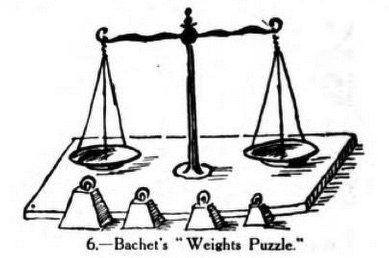Simpson’s Paradox in a Logistic Regression
Simpson’s paradox is when a trend that is present in various groups of data seems to disappear or even reverse when those groups are combined. One sees examples of this often in things like medical trials, and the phenomenon is generally due to ...















